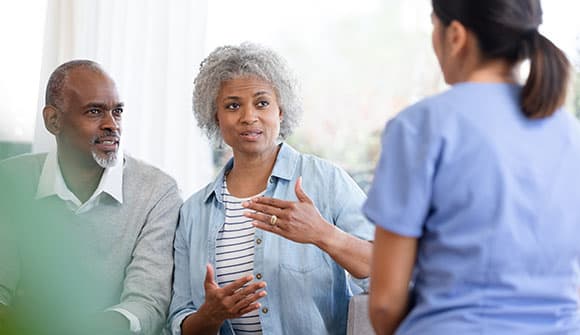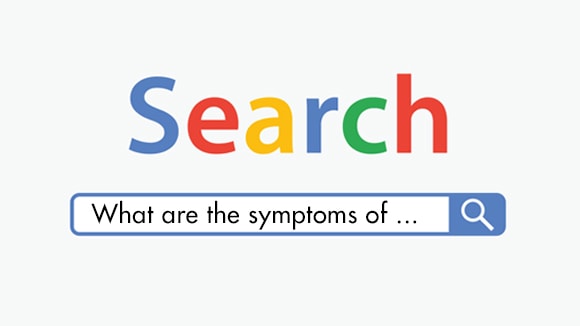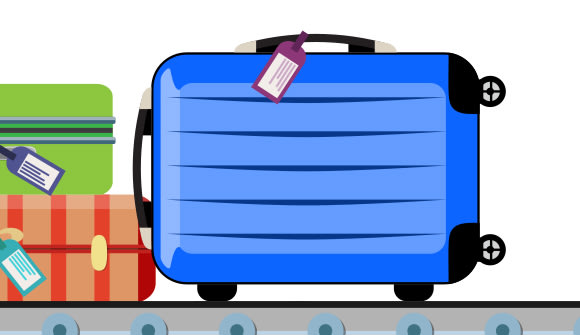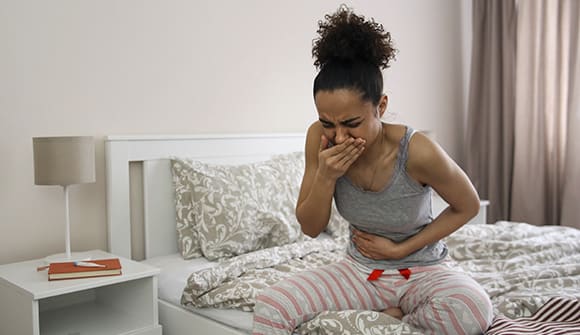Polio resurfaces
What you need to do to stay safe.
Article Date:

Most people got the polio vaccine as a child and then never thought about it again. Up until this year, only one instance of community transmission of the virus had been seen in the U.S. since 1979, according to the Centers for Disease Control and Prevention (CDC). But last month, an unvaccinated New York City-area resident was hospitalized with polio, suffering symptoms that included paralysis. The virus has also been found in wastewater samples in two New York counties, suggesting it’s been circulating in the area for months.
How serious is polio and what can people do to protect themselves? Shalika Katugaha, MD, system medical director of Infectious Diseases at Baptist Health, addressed some frequently asked questions.
What is polio?
Polio is a very contagious disease known for causing serious illness and epidemic outbreaks. In the late 1940s, the illness disabled an average of more than 35,000 people in the U.S. each year, according to the CDC. After 1955, when the polio vaccine was developed, the disease came under control in industrialized countries.
Not everyone who’s infected with polio gets sick. About one in four people experience flu-like symptoms, which go away in two to five days, Dr. Katugaha said. But a smaller percentage of people develop other, more serious symptoms that affect the brain and spinal cord, such as:
- Meningitis (an infection of the fluid covering the spinal cord and brain)
- Paralysis or weakness in the arms, legs or both
“In people who experience paralysis, the virus can also affect the muscles that help them breathe. That's how polio can be deadly,” Dr. Katugaha said.
How do people get it?
A person can spread polio even if he or she isn't sick with the disease. The virus lives in the throat and intestines, and people can catch it by coming into contact with the feces or respiratory droplets of an infected person. It can also contaminate food and water in places with unsanitary hygiene and living conditions, Dr. Katugaha said. Children may catch polio if they put objects in their mouths, such as toys that are contaminated with small feces particles.
How can you protect yourself?
There is no cure for polio, but people who receive a full vaccination regimen have 99% immunity from the disease, Dr. Katugaha said.
“The polio case in New York should be a call to action for everyone to get vaccinated, because polio is very preventable,” she said. “A high community immunization rate is the best way to prevent the disease from spreading any further.”
The polio vaccine is part of routine childhood immunization in the U.S. and is delivered in four doses. A single dose is given at:
- 2 months old
- 4 months old
- 6 through 18 months old
- 4 through 6 years old
Unvaccinated adults need a three-dose series to be fully protected. Adults who are incompletely vaccinated or who previously received only one or two doses should receive the remaining doses to complete the series.
If you’re not sure of your polio vaccination status or of your child’s, or if you have other questions about polio, reach out to your primary care physician for guidance. To find the right one for you, click here to fill out the appointment request form.
Sources: Centers for Disease Control and Prevention, New York State Department of Health



